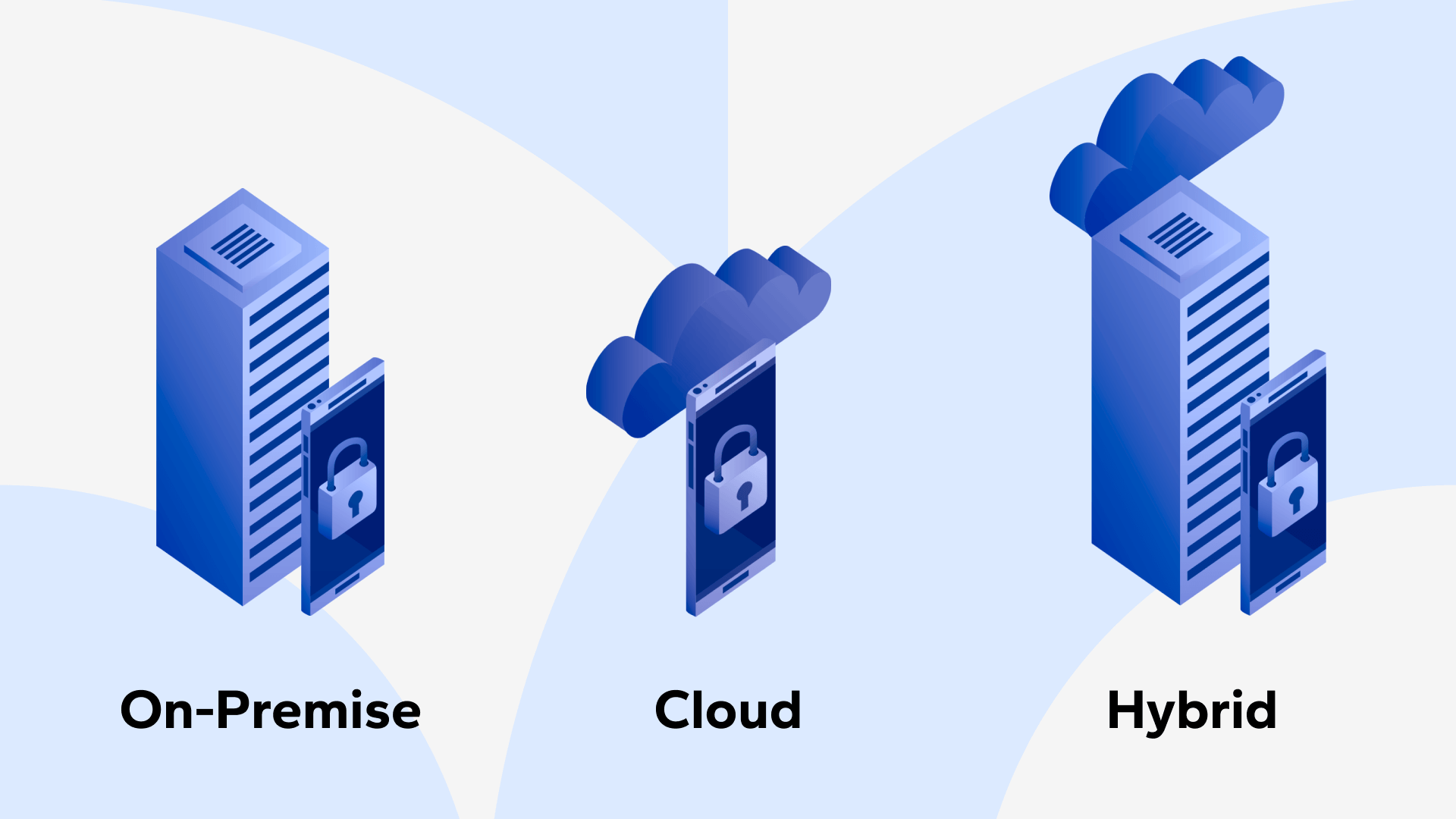Access control technology is undergoing rapid change. Businesses and organisations are moving away from traditional on-premise systems and exploring modern cloud-based and hybrid alternatives. Each model comes with its own benefits and trade-offs. The key is understanding which approach best supports your security, scalability, and operational goals.
On-Premise Access Control: Full Control, Higher Overhead
On-premise access control has been the standard for decades. It gives organisations full control over hardware, software, data, and system management. Everything is hosted locally—servers, access logs, credential databases, and system settings.
This model is appealing to organisations with strict regulatory requirements or those needing to operate entirely offline. However, maintaining on-prem systems comes at a cost. IT teams must handle updates, backups, cybersecurity threats, and equipment failures. As systems age, managing legacy infrastructure becomes increasingly complex and resource-intensive.
For many businesses, on-premise solutions no longer align with how they work—especially in multi-location setups or remote work environments.
Cloud-Based Access Control: Flexibility and Simplicity
Cloud access control shifts the management of infrastructure to a secure, off-site platform. This approach reduces the need for local servers and manual maintenance. Updates are automatic. Security patches are rolled out centrally. System access is available from anywhere, through web or mobile dashboards.
Cloud platforms also make it easier to integrate with third-party tools like HR systems, visitor management, or video surveillance. This interoperability supports more efficient workflows and real-time decision-making.
Cloud access control is especially appealing for fast-growing businesses or distributed teams. It allows you to scale operations without the need for complex IT setups at every site. And in the event of disruptions, cloud backups and remote control features keep your system responsive.
Of course, some organisations have concerns about connectivity, data residency, or compliance with local regulations. That’s why many are choosing a hybrid approach.
The Hybrid Model: Best of Both Worlds
Hybrid access control combines the local reliability of on-prem systems with the convenience and scalability of the cloud. In this setup, critical access decisions can still be made at the edge, even if the internet connection goes down. At the same time, cloud services handle updates, analytics, and remote access capabilities.
This model offers a smooth transition path for companies not ready to go fully cloud. You can migrate components over time—starting with centralised user management or cloud-based credential provisioning—while keeping core access decisions local.
One key trend supporting hybrid systems is the rise of edge devices with built-in intelligence. These smart controllers and readers process access rules locally, while syncing with the cloud in the background. The result is a more resilient and responsive system that still benefits from central oversight and data insights.
Making the Right Choice
There’s no one-size-fits-all solution. Your access control strategy should match your organisation’s needs—today and in the future.
If you need full control and have the internal resources to manage everything, on-premise might still be the right fit. If you want to simplify operations, reduce infrastructure costs, and support remote work, the cloud offers clear advantages. And if you’re looking for a balance—flexibility without losing local reliability—the hybrid model offers the best of both.
At Smart MasterKey, we build cloud-based access control that adapts to your organisation’s needs. Our solution integrates seamlessly with all major unified security platforms—Inner Range, Protege, Genetec—creating an over-the-top (OTT) service layer that enhances your existing infrastructure. With secure mobile keys and streamlined user experiences, Smart MasterKey adds powerful flexibility to both cloud and hybrid environments.
